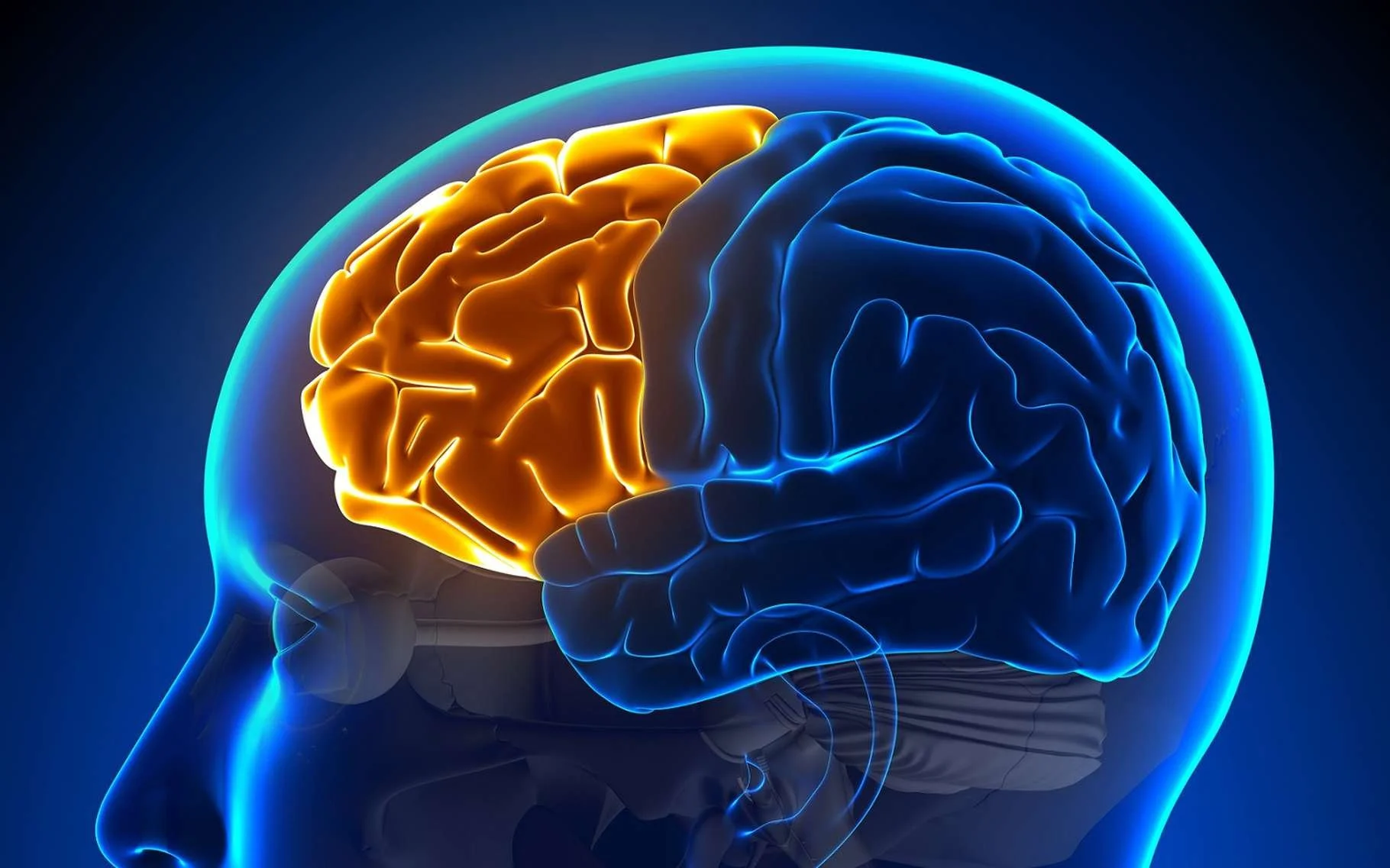Neuroscience explains the link between mental health and photography
The more I delve into neuroscience and neuroaesthetics, the more my passion for bringing art into people’s everyday lives grows. There are numerous benefits to using therapeutic art and photography to improve your quality of life that I cannot help but raise awareness about.Despite the fact that my first BA thesis was exploring the therapeutic power of photography, I felt my approach back then was inclined on the artistic and philosophical side of therapeutic photography.
In my BA thesis I analysed and compared the work of other artists and photographers who used photography as a therapeutic tool, such as Francesca Woodman, Sally Man (my forever favourite) and Nan Goldin. I also analysed my own photography series Insight Out as a way on how we can incorporate photography for shadow work. Everything was based on Jungian theory about the unconscious, the persona and the self (I was fascinated by Carl Jung’s theories at that time).
After this extensive research for my thesis, I began to grasp the transformative power of taking photographs from a psychological perspective. This however would not have been possible without my extensive experience of daily photography practice for more than three years at that time. I knew how photography helped ME hundreds (if not thousand) of times to release negative emotions, learn about my deepest feelings and also self-regulate my everyday emotional states.
But one part remained unrevealed: what exactly happens in the brain when we practice therapeutic photography?
So here is how it goes
When you pick up a camera, something remarkable(really) happens in your brain. Maybe it is so remarkable for me because it happens almost instantly. If you ever indulged yourself into photography, you know what I am talking about. It feels like there is a MINDFUL button that gets turned on when we put the camera to your eye.
Extract from The Nordic Forecast Photography Project where I explore Mindfulness through Self-Portraiture and Climate Awareness
But let’s get to the neuroscience facts and everything will start make sense to you. Here I give you a list of the 8 benefits I consider the most important when practicing therapeutic photography:
Emotional Expression and Processing (Amygdala and Prefrontal Cortex)
Therapeutic photography engages the amygdala, responsible for processing emotions, and the prefrontal cortex, involved in emotional regulation. Capturing and reflecting on emotional subjects in photos can facilitate the brain's ability to express and process emotions effectively.
2. Emotion Regulation (Prefrontal Cortex and Anterior Cingulate Cortex - ACC)
Engaging in therapeutic photography can activate the prefrontal cortex and ACC. These regions are associated with cognitive control and emotional regulation. By focusing on composition and subject matter, individuals can develop emotional regulation skills.
3. Self-Exploration (Default Mode Network - DMN)
Self-exploration through therapeutic photography involves the Default Mode Network (DMN). This network becomes active during introspection and self-reflection, allowing individuals to delve deeper into their thoughts, feelings, and self-identity.
4.Narrative Building and Meaning-Making (Hippocampus and Parietal Lobe)
Creating a narrative through therapeutic photography involves the hippocampus and parietal lobe. These regions are essential for memory consolidation and constructing meaningful stories from personal experiences.
5. Stress Reduction (Endorphins and Relaxation Response)
The calming effects of therapeutic photography can trigger the release of endorphins, the brain's natural mood enhancers. This process contributes to relaxation and stress reduction.
6.Personal Growth and Resilience (Prefrontal Cortex and Hippocampus)
Engaging in therapeutic photography can promote personal growth and resilience by activating the prefrontal cortex for problem-solving and the hippocampus for memory and learning. It encourages the development of coping strategies and psychological resilience.
7.Catharsis (Emotional Release)
The act of capturing emotionally charged images can facilitate emotional catharsis. It allows individuals to release pent-up emotions, providing a sense of relief and emotional balance.
© Reinhart Julian
Last but not least…
8.Creative Outlet (Creative Brain Networks)
Therapeutic photography offers a creative outlet that activates various brain regions associated with creativity, including the prefrontal cortex, temporal lobes, and parietal lobes. It provides individuals with a non-intimidating way to express themselves artistically.
In conclusion, after 12 years of practicing photography, I would say that photography in itself is indeed therapeutic. Nevertheless, when the focus shifts to the therapeutic benefits of photography for improving well-being, there is much to dissect, reflect upon, and discuss.
I am extremely grateful to be alive in these times when neuroscience reveals so much hidden information about how art affects the brain. As an empath, it breaks my heart to see how many people, especially teenagers, are currently dealing with mental health issues. Even though I am not a professional in the field of neuroscience or psychology, I am a professional with two degrees in art and a wealth of experience in therapeutic photography gained from years of daily art practices. When I started this business, I made it my mission to help people enhance their well-being through art.
I am not here in the position of a doctor of any kind, but I stand before you as a highly sensitive human being who has learned to live with PTSD and ADHD, and who has overcome depression, anxiety, and panic attacks. I am here to offer my empathy and share the knowledge I possess about therapeutic arts. My goal is to assist people in learning creative methods and guide them in how to cope with their mental challenges and self-regulate. It's important to note that my methods are not treatments. While my approach is not a substitute for professional treatment, I believe it can have a meaningful impact on those who embrace it.



